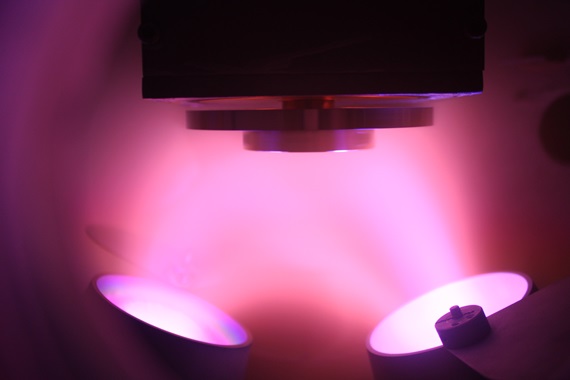Physical Vapor Deposition Coatings; Highly Durable, Corrosion and Scratch Resistant
Physical vapor deposition refers to a variety
of deposition methods that can be used to produce thin coatings and films. Physical
vapor deposition is a process in which the surfaces of various products, such
as solar products, cutting tools, storage devices, microelectronics, medical
equipment, etc., are coated with materials to form a thin protective film. In
this process, the material transferred from condensed phase to vapor phase and
then back to the condensation phase of thin films. Physical vapor deposition coatings
are deposited for many reasons, such as to improve oxidation resistance, reduce
friction, and improve hardness and wear resistance.
Physical
vapor deposition is widely used in various applications, such as fabrication
of optical and conductive coatings, diffusion barriers, interconnects, and fuel
cell electrodes, surface modifications batteries, and microelectronic devices. Three
commonly used physical vapor deposition in almost all industries are ion
plating, sputtering, and thermal evaporation. It is extensively used in manufacturing
of aluminized PET film for food packaging, titanium nitride coated cutting
tools for metalworking, and semiconductor devices like thin-film solar panels.
Manufacturers/companies are extensively preferring
physical vapor deposition techniques over traditional techniques, due to the
eco-friendly properties, as well as other operational benefits, of the physical
vapor deposition process. Moreover, manufacturers are involved in different
business strategies to differentiate their products in an increasingly
competitive market. For instance, in 2019, Voestalpine Eifeler Coatings (based
in Germany) opened new physical vapor deposition facility in the United States to
provide physical vapor deposition coatings solutions to the manufacturing
communities.
The use of these types of techniques was
developed to aid in the coating and other techniques used in the industries
such as the aerospace, automotive, and other manufacturing industries. The
application of physical vapor deposition technique lies in the fact that it
provides a solid material that has been deposited on a substrate, which has a
temperature and a low level of vaporization. The physical vapor deposition of a
solid substrate is made possible by the use of a vacuum system that is coupled
with appropriate heating methods. Moreover, this technique allows the
depositing of solid material on the substrate without causing any damage to the
underlying substrate.



Comments
Post a Comment